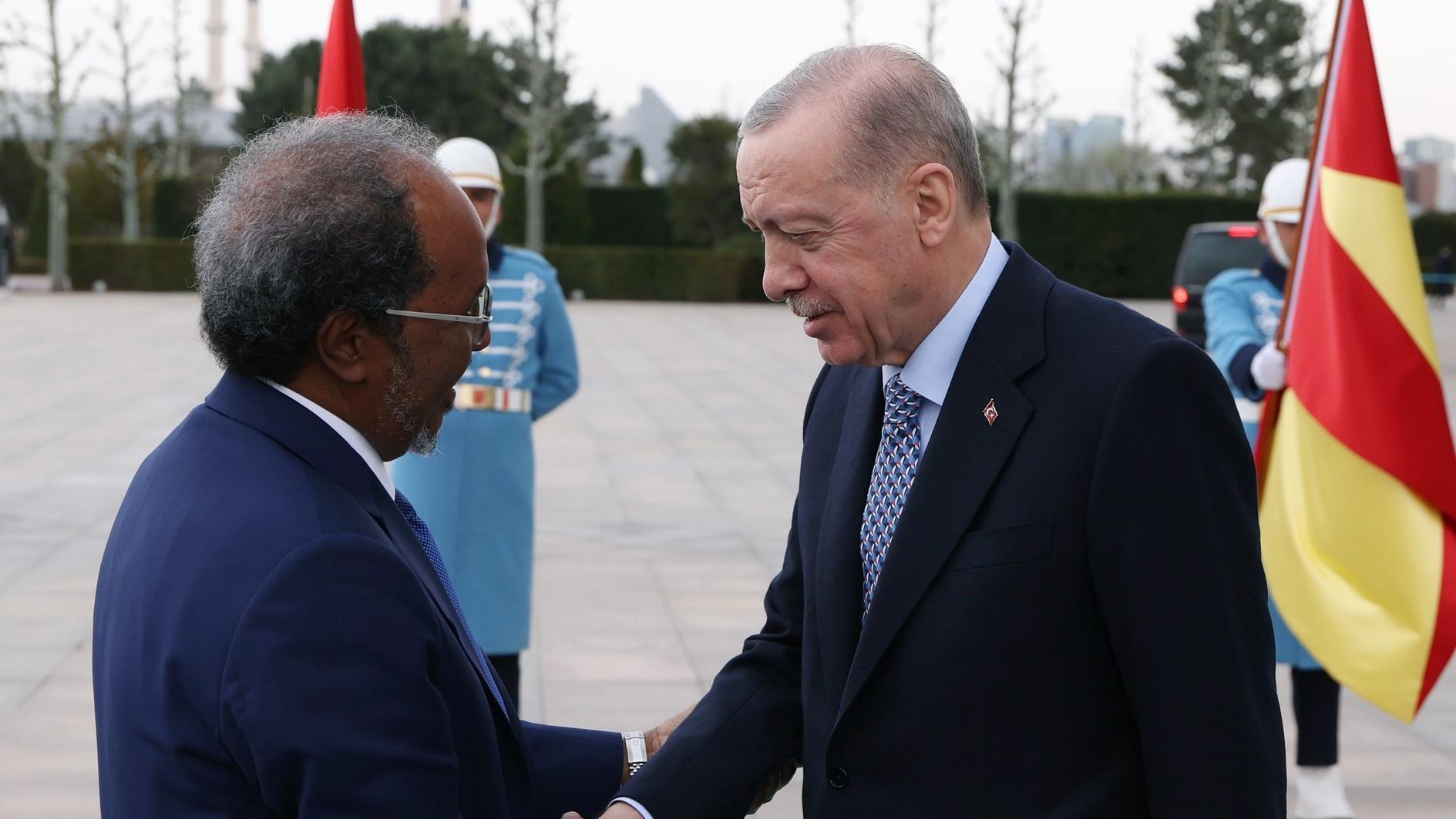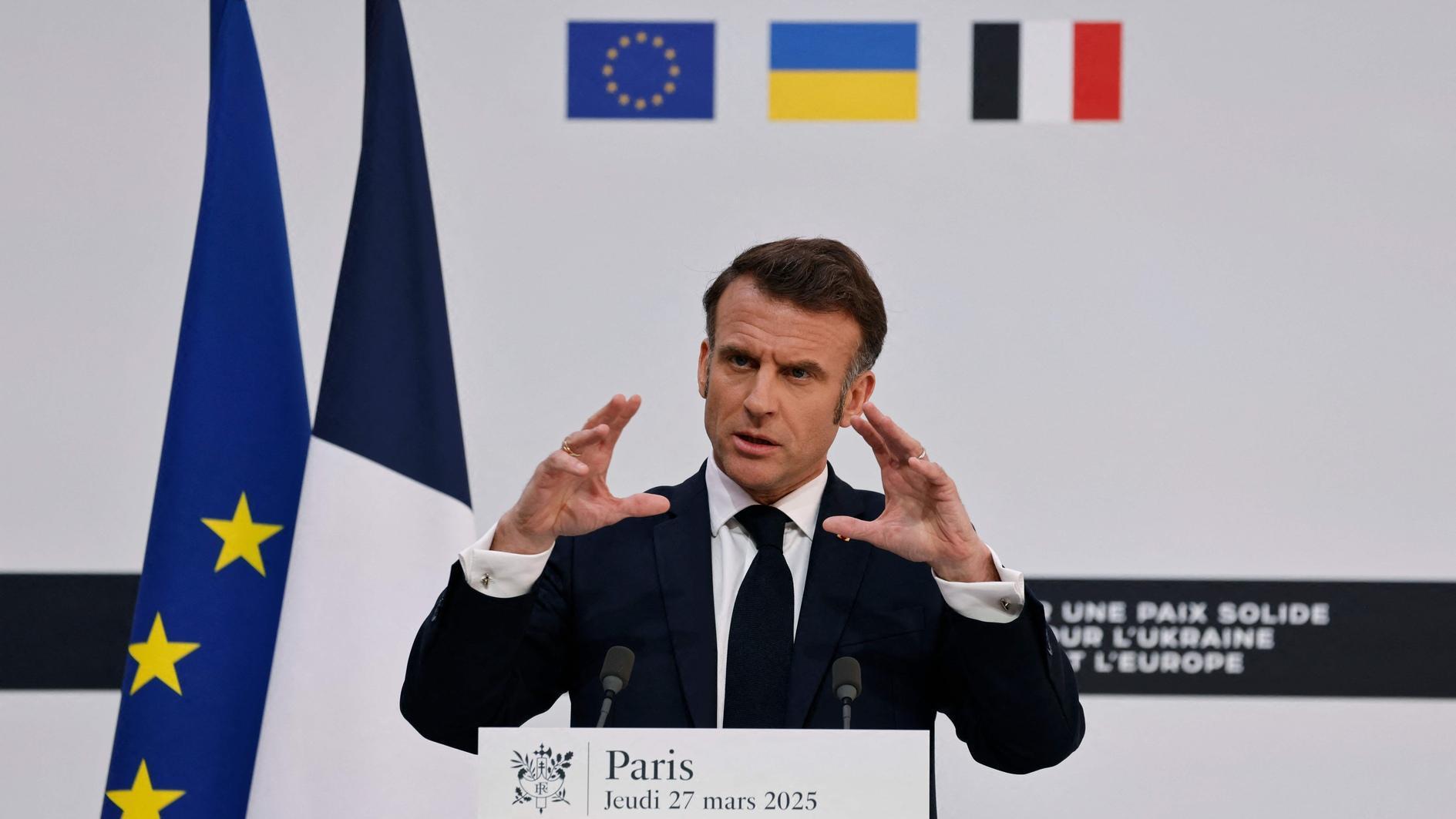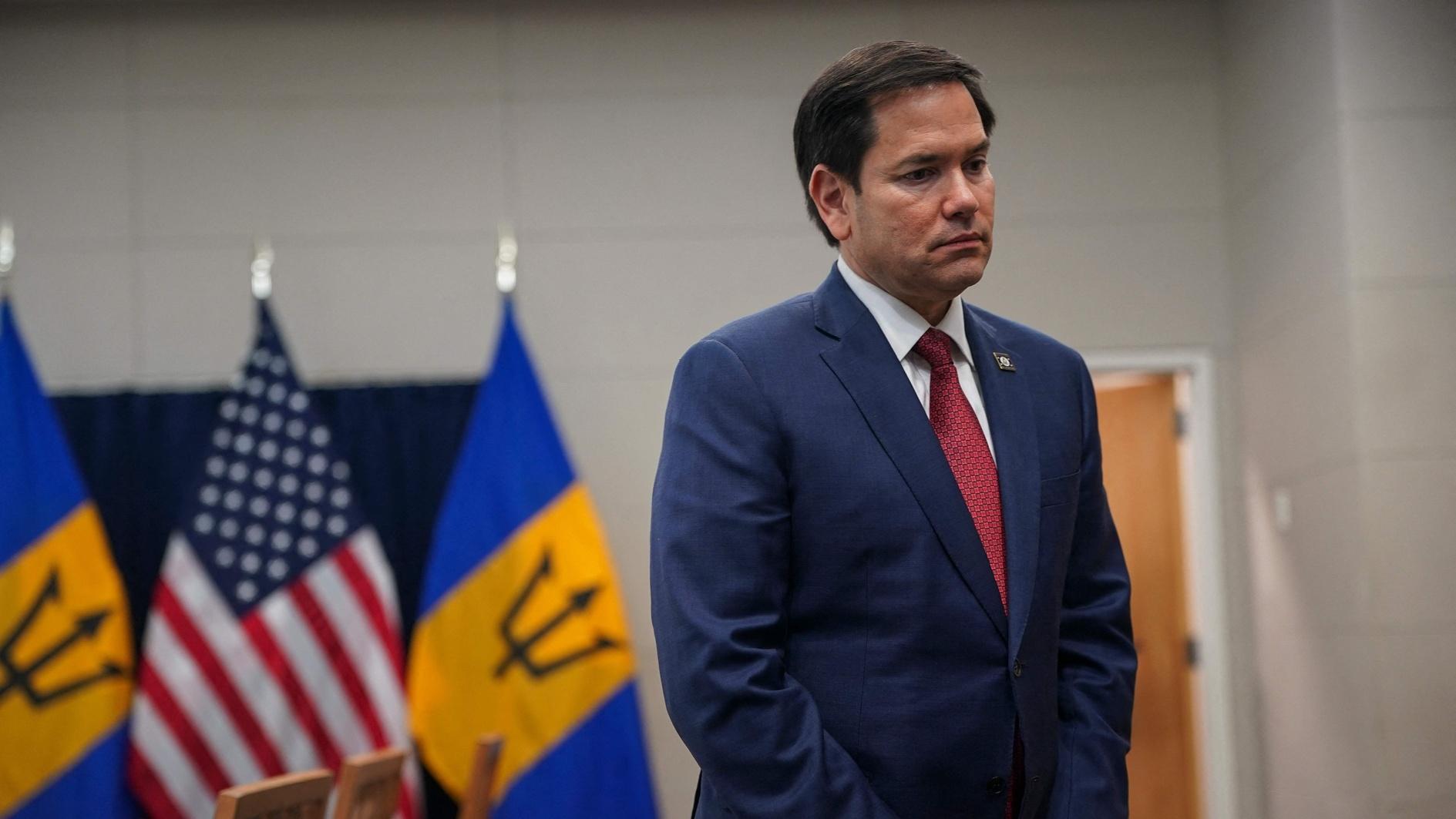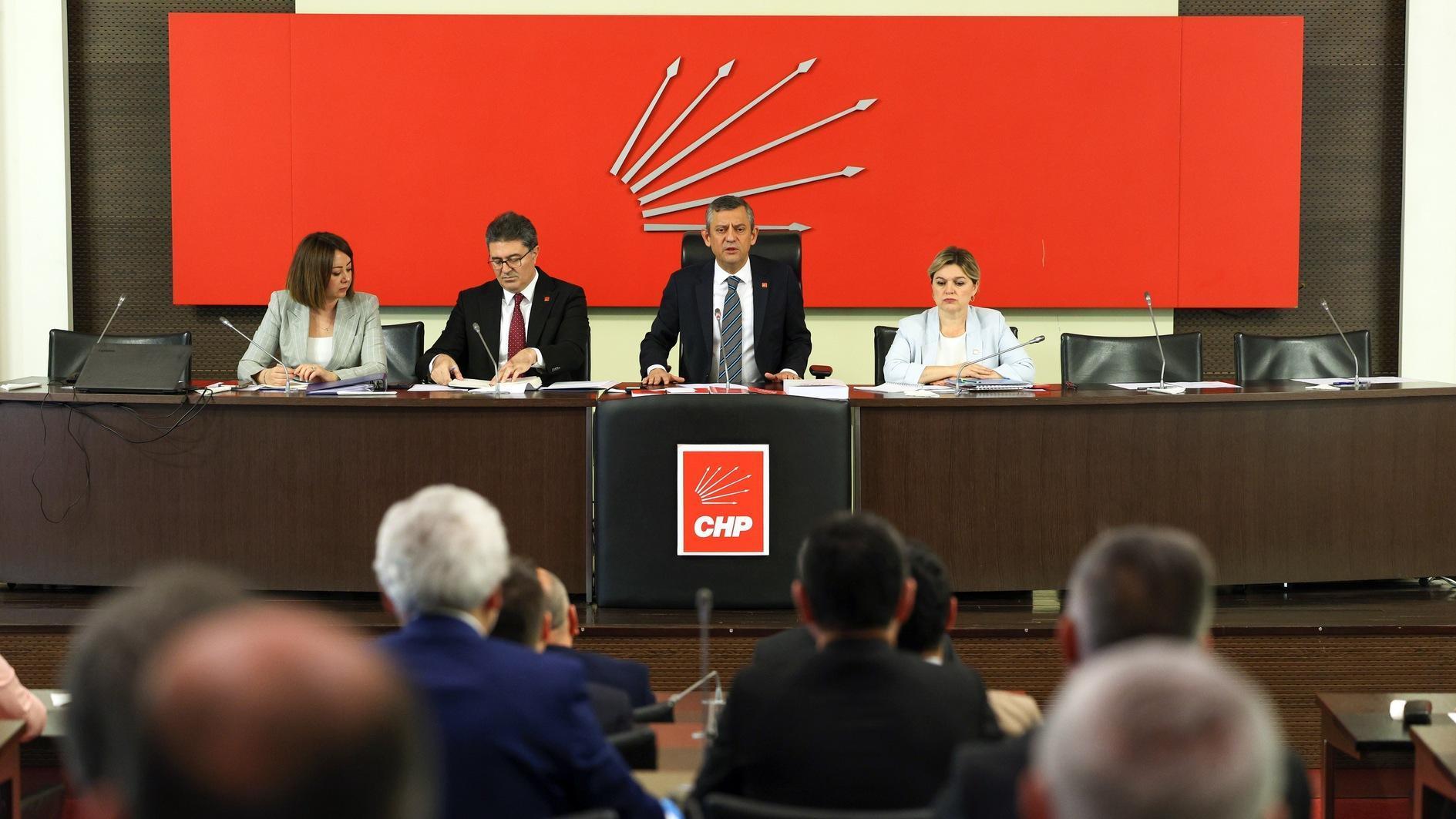US, UK spies ‘targeted mobiles on planes’
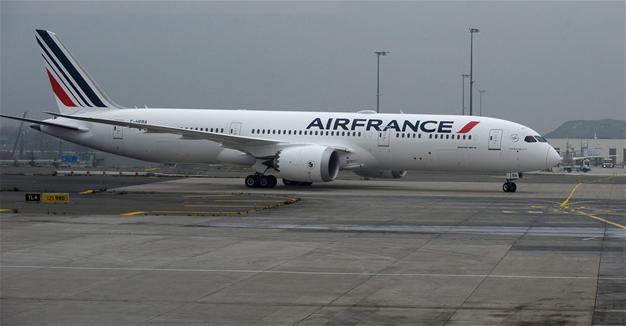 France’s first Boeing B787 taxis on the tarmac after its landing for delivery at Paris-Charles-de-Gaulle airport in Roissy, Paris on Dec 2.
France’s first Boeing B787 taxis on the tarmac after its landing for delivery at Paris-Charles-de-Gaulle airport in Roissy, Paris on Dec 2.American and British spy agencies have tried to intercept data from passengers’ mobile phones on commercial airlines including Air France, French media has reported, citing documents from U.S. whistleblower Edward Snowden.
The French flag-carrier was an early target of the U.S. National Security Agency and its British counterpart GCHQ as it was seen as a terrorist target and it carried out tests in 2007 on allowing the use of mobile phones on its aircraft. “The use of mobile phones with internet connections in the sky gave rise to the creation of specific programs at the NSA and GCHQ,” said Le Monde, which has access to Snowden’s archive in partnership with news website The Intercept.
While it is not normally possible to make phone calls on planes, some carriers allow passengers to connect to a cabin wifi, allowing them to use internet-based functions on their handsets. In 2012, at least 27 airlines allowed passengers to use mobile phones on board.
But Air France was “such a symbol of the surveillance of communications on board airlines that the British spy agency used a drawing of one of their planes to illustrate how the interception worked.”
Asked about the British and American surveillance claims, Air France told Le Monde: “We are visibly not the only ones to have been targeted and we know absolutely nothing about these practices.”
According to the report, internal documents from the two agencies describe the results of the “impressive” programs -- codenamed “Thieving Magpie” and “Homing Pigeon” -- which allowed data to be collected “almost in real time.”


